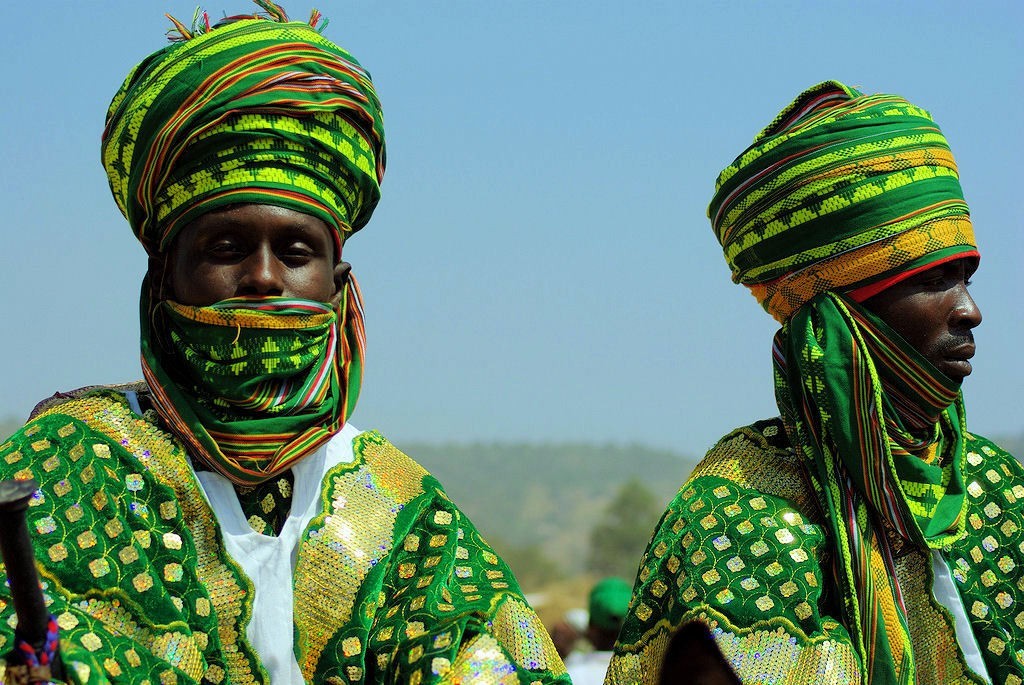Maybe I missed this but are you making the assertion that there is a link between the Akans and Ancient Egyptians?
Additionally, can you break down your post a bit more. I don’t think most posters would understand what you are doing there.
Like, what is this?
And what does this mean?
And what are we to make of this?
The whole post you need to break down because it means nothing to most folks who don’t know or understand what you’re trying to get at.
Indeed you have but it cool Ive spoken on this in depth to an extent all over this site. in regards to this though ---
Internal vocabulary and grammatical correspondences In Middle Egyptian (CiKam). Within it you're able to detect variations of common lexemes, which can allow you to deduce a number of things. E.G. , if you were to come across a series internal correspondences with the same consonant sequences and those sequences regualrly match up with different dialect or languages in the script. it could also indicate presence of lost affixes that, due to historical phonetic envirnoments, caused a series of sound changes in one dialect by which the primary dialect (e.g M-E = Middle Egyptian) now has doublets. If doublets within the language , it could also indicate the presence of various bilingual speakers who may be "code-switching" in script. We may have detected a series of loanwords in the language. Comparative Methodology within Linguistics[/b]
for example within Cikam (Middle Egyptian) - d-b-
db.3 "to replace; to reimburse; to repay"
db.w "income"
db.3.w "compensation; payments"
db. 3 "to be blocked; to block
db.3 "food offering"
db.3.w "leaves"; foliage"
db.' "a plant for incense"
db db " to crush"
Cikam k-m
km "to pay"
j.km "shield; protection" (instrument prefix j-)
km.y "food"
km.t "grain or plant"
km "complain"
s.kmkm "destruction ~ gmgm "to crush"
Correspondences
d- : k
-b :-m
d- : k
-b: m
d- : k-
-b : -m
d : k-
-b : -m
d- :k-
-b: -m
d-:k-
-b :m
d- :k
-b :-m
You will see that the consonant sequence k-m internally corresponds to d--b, which would also correspond to d-b given d > d.
CIKAM is Middle Egyptian
when youre dealing with /s/ /h/ you are dealing with letters.
c1 position is in relation to Linguistics.
like i did the above.
Cikam /s/ and Akan /h/ correspondences in C1 position (you can also delve in works by Bernal for further research /l/ or /r/ sound. Words/terms
Cikam (= M-E) / Twi
sn "troubles; need / hia "be in need of" ; ye ohiani "be needy"
sn "bad; poor" / di hia "be poor"; ohiani "a poor person"; ye ohiani "be poor"
sn.t "hundred" /'hundred
sn.w "rope" / hama/ahoma "rope; cord"
snj "storm" /ahum "storm"
snj "to revile; to quarrel"/ ham "quarrel
sn "protective symbol behind figures of the king"/ suman "magical protection"
sn.w.t "court; entourage (of king, of a god)/ asennii "courthouse"; asennibea "court"
snj.w "grass" / esere "grass"
snsn "inhale, smell (there's a reduplication)/ home "inhale"
sn.w-s "cook, boil," sn.w-h " boil, overcook" (r/l/n common sound shift)/ huru "to boil"
sj3 "jump"
s3 "exterior, surface, outside"/ ho "exterior, self"; ( in reference. M-E n h'w/h'.t "self")
n-hm "tremble, shake"/hinhim "shake/tremble"
nhmhm "roar, thunder"
n-hn "rest", hni "to rest' /home "rest, recreation";
like in my intital post
M-E / Twi
s/h
s/h
n/n
n/m
n/r
also the "/s/" which is the letter
For the record you can do this with P.I.E (abbreviation for Proto-Indo European) and others Hausa, Somali, Twi etc they are numerous connections. Appreciate your inquisitiveness btw.






